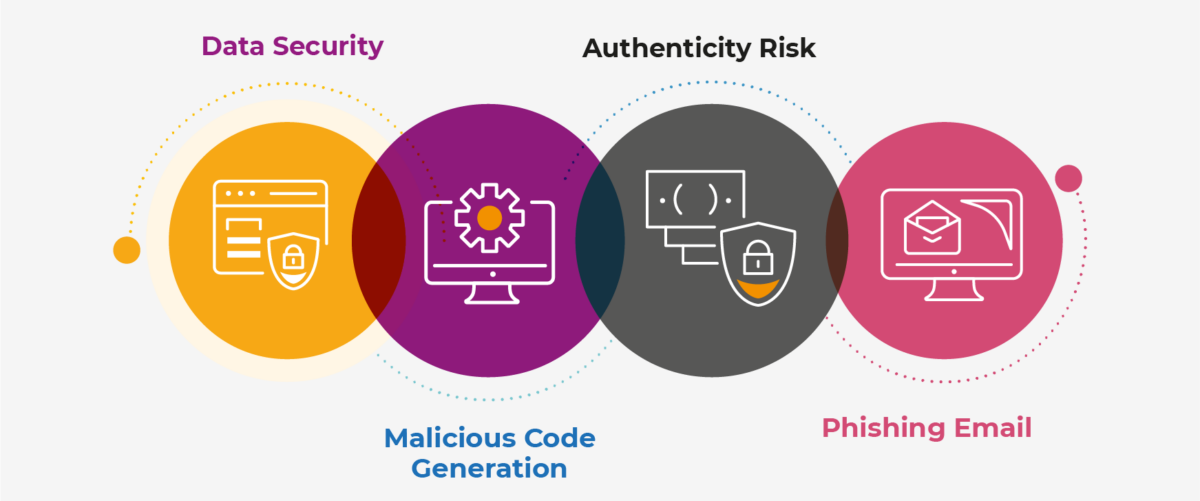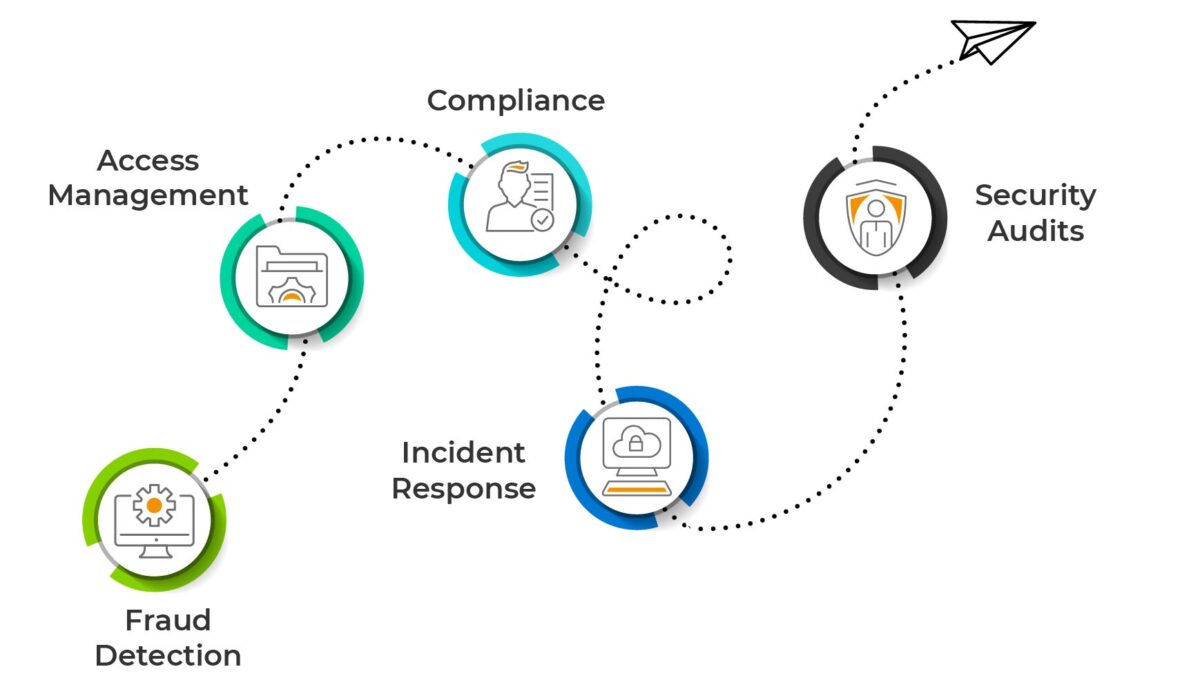It’s great to see that ChatGPT is becoming more popular among both businesses and customers all around the world. In one of our previous blogs, we talked about what ChatGPT is and how organizations can use it to improve their operations. We were happy to get positive feedback from our readers, but we also got a query about data security: “Is it something to worry about with ChatGPT?” As we take security seriously, so we decided to write another article addressing the data security concern with ChatGPT.
It is truly remarkable to see how ChatGPT is widely used by industries worldwide to-
- Create- content
- Generate Code
- Translate text
- Summarise document
- Debug code
ChatGPT is one of the remarkable innovations in AI that can generate the desired output just in seconds. Launched in November 2022, Open AI ChatGPT has gained 1 million users just after the launch of one week. And what is unexpected about ChatGPT is that around 53% of people can’t tell that ChatGPT content is generated by AI.
However, ChatGPT is gaining traction from all over the world, just like any new product or solution that came into the world. But, high volume usage and data sharing pose a risk of data breaches. As per the reports, Italy is in a move called “disproportionate” bans ChatGPT over data security risk.
So what are data security risks associated with ChatGPT, and should organizations stop using it? Is there any solution to data security risks that come with ChatGPT usage? Let’s find out the answer in this blog.
Top 4 Data Security Risks with ChatGPT
-
Data Security
ChatGPT is generally underpinned by a significant natural language model comprising a massive amount of data to function and improve constantly. Because more trained and improved data help in better-detecting patterns and anticipation for generalizing plausible text. But the data collection used by ChatGPT is not security-proof.
The data used by Open AI ChatGPT is not asking permission before any use, which violates privacy, especially for sensitive data. Hence, when an organization integrates ChatGPT with its internal system like the service desk, and any other process it can cause textual integrity breaches and violates the confidentiality of information of people. Additionally, ChatGPT Open AI also does not allow users to check whether they store their data or their requests are deleted. -
Malicious Code Generation
With the evolution of AI chatbots like ChatGPT, malicious code generation is another concern that arises. Hackers can use ChatGPT to create prototypes of code development and debugging. Creating low-level cyber security tools consisting of malware and encryption scripts. These encryption scripts can easily hamper the system servers and increase the security risk for the organization’s whole system and give the hackers a space to spot the loopholes just by writing malicious codes.
-
Authenticity Risk
The high volume of data used to train ChatGPT and other third-party language tools can be biased. This would also result in a model that is producing unfair or biased findings if the data is not diverse. Henceforth, it is crucial to know how the flaws of one system impact the other application and what it takes to improve them. Due to ChatGPT’s ability to generate regular, repeated actions and hide malicious code in files, malicious development is possible. As a result of this technique, malware can evolve new malicious code, rendering them polymorphic.
-
Phishing Email
This is another data security risk that comes with the usage of ChatGPT. However, the company claims that ChatGPT generates malicious free content, but hackers can trick it with the wording of prompts. Using ChatGPT, hackers can generate an email chain to increase their email persuasiveness and generate more content similar to humans and share these emails to the respective user to fetch the sensitive details.
How to Mitigate Data Security Risk with Automation?
-
Fraud Detection
Automation can monitor network traffic, identify and isolate compromised systems, and block malicious IP addresses in real-time. Automated threat detection and response can help organizations prevent or mitigate the impact of security incidents.
-
Access Management
With automation, organizations can manage access control more effectively by ensuring that only authorized users have access to sensitive data. It can also manage and monitor user access, log user activity, and provide alerts if unusual access activity is detected.
-
Compliance
Leveraging automation technology like RPA can ensure that regulatory compliance is maintained by compliance checks and reporting at regular intervals. This includes automating data privacy regulations such as GDPR, CCPA, HIPAA, etc.
-
Incident Response
Automation can assist in incident response by automating routine tasks such as system isolation, malware removal, and recovery. This can help to minimize downtime and reduce the impact of security incidents.

-
Security Audits
Using automation, security data can be collected, analyzed, and presented in a format that is easy to review. It can also provide real-time reports, alerts, and dashboards for security teams and auditors so that before any intruder reaches for information, the security team is on alert.
On one side where technology is touching new milestones, while on the other side, the same technology is giving rise to multiple threats. Hence before choosing a side to follow or embarking on the journey of new technology like ChatGPT, it is crucial to be conscious of any potential risk, including model performance, legal and authority compliance, reliance on third-party services, data protection, and security.
The post How can Automation Help to Reduce Data Security Risk with ChatGPT? appeared first on AutomationEdge.
This is a companion discussion topic for the original entry at https://automationedge.com/blogs/how-can-automation-help-to-reduce-data-security-risk-with-chatgpt/

